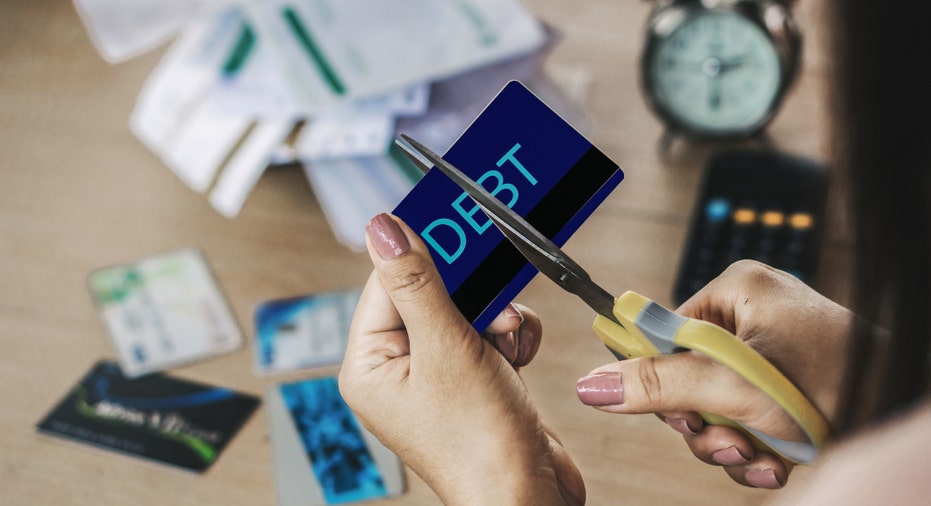
When you borrow money, your credit card company will charge interest on that amount, which can accumulate quickly. However, for some people, personal finance experts say that it’s time to stop paying the interest and switch to a lower-interest option that will get you out of debt fast. But is this going to be the right choice for you? Before you do that, read this blog article.
At first, refinancing your credit card debt can seem like a daunting task. However, there are lots of benefits that come with it. The main advantage is that you’ll have less interest to pay on the new loan and more money to spend on other things. Additionally, you won’t have a hefty balance on your credit card after this process and will be able to avoid paying high-interest rates.
This consolidation strategy will take multiple cards and combine them into a single payment every month. It’s best to do this if you can shorten your loan, make everything more manageable, and lower the interest. Go to sites like refinansiering av kredittkort to know more information on how you can get started with this process. Some companies will provide you with many options for lower interests, especially if you have an excellent credit rating.
Things to Do
1. Transfer the Balance to Another Bank
Some banks may give you an introductory period of 0% APR, especially if you have an excellent standing. This promotional period may last from one to two years, and most people need a score of 690 or more to qualify.
This might not charge you an annual fee, but you might find yourself paying for 5% of the total amount that you’ve transferred. It’s essential to calculate the interest and whether you can save more after the fees before deciding to take this route.
The promotional package is also ideal for people who are planning to pay most of their debts during the 0% APR period. Any remaining balance after this will be subjected to the regular rates.
2. Consolidation Loan
A consolidated loan will pay off your other debts, and it will provide you with a fixed rate every month. This can be applicable for those with low APRs, and lenders may offer direct payments to your creditors to ensure that some of your accounts are closed for good. See more about APRs on this site here.
However, this is something that’s hard to qualify if you have a lower rating. Other loans may enable you to pay an origination fee or require you to be a union member before you become eligible.
This is an unsecured loan from lenders, credit unions, and banks that aim to consolidate your loans and give you more flexible terms. The ones you can obtain from banks may provide a reasonably competitive APR, and you can be eligible to get a more considerable amount if you are qualified.
Most of the lenders will give you a screening or pre-qualification test that will not affect your current score. This can give you a possible term, loan amount, and a preview of the rates that you’ll have once you’ve formally submitted your application.
3. Home Equity Loan
Most people may select the home equity loan as their line of credit when faced with many debts. This has a lower interest rate in general, and you don’t need a score of 690 or higher to qualify. The repayment period is also longer, and your monthly amortizations will be lower.
However, this involves your home equity, and an appraisal is needed before you can get approved. Another thing is that the security of your home will be compromised in case you default on this type of debt.
If this is something that you’re going to pay for your credit card debt, know that this will be given to you in the form of a lump sum. There will be a fixed interest, and others may offer a draw period where you will only pay the excess for the first ten years. If you have extra and decide to pay more than the minimum each month, there’s a chance that you’ll be able to make a significant dent in the overall amount.
About the Interest Rates
The interest rates are very powerful, making financial institutions more profitable. They can do business with consumers who have the privilege of borrowing money as long as they stay within their spending limits. Before borrowing, you should know more about promotional, fixed, or variable rates. The variable ones can vary where those who have an excellent standing might get about 14 to 16 percentage points while those who have bad records may pay from 28% to 31% on top of the original amount.
This is an ideal option if you struggle to make your monthly minimum repayments on your cards. The best time to consider refinancing is when lower rates are offered to you even from UnitedFinances. This option can have many benefits, such as reducing the interest rate and monthly payments.
You need to ask yourself when you should refinance. If there is a decent interest rate and your credit score is high, it might be good to ask your bank and inquire about your options. Learn more about the scored in this link: https://www.bankrate.com/glossary/c/credit-score/. You can pay off some debt and transfer the balance to a new credit card with a low-interest rate.
Tips for a Successful Transition
If you owe a lot of money to your credit card, it is crucial to consider refinancing your debt. This can reduce your overall interest rates and get you out of the cycle of debt. Reduce the amount you owe as much as possible and make sure that the offer you’re getting is reasonable enough. While you’re in this process, don’t add a lot of debt after you’ve paid some of it off.
The benefits of refinancing your credit card debt are endless. You will save money by paying off all the balance, but you will also not have to pay high interest on your previous debt. That is a win-win situation that’s worth a try.

